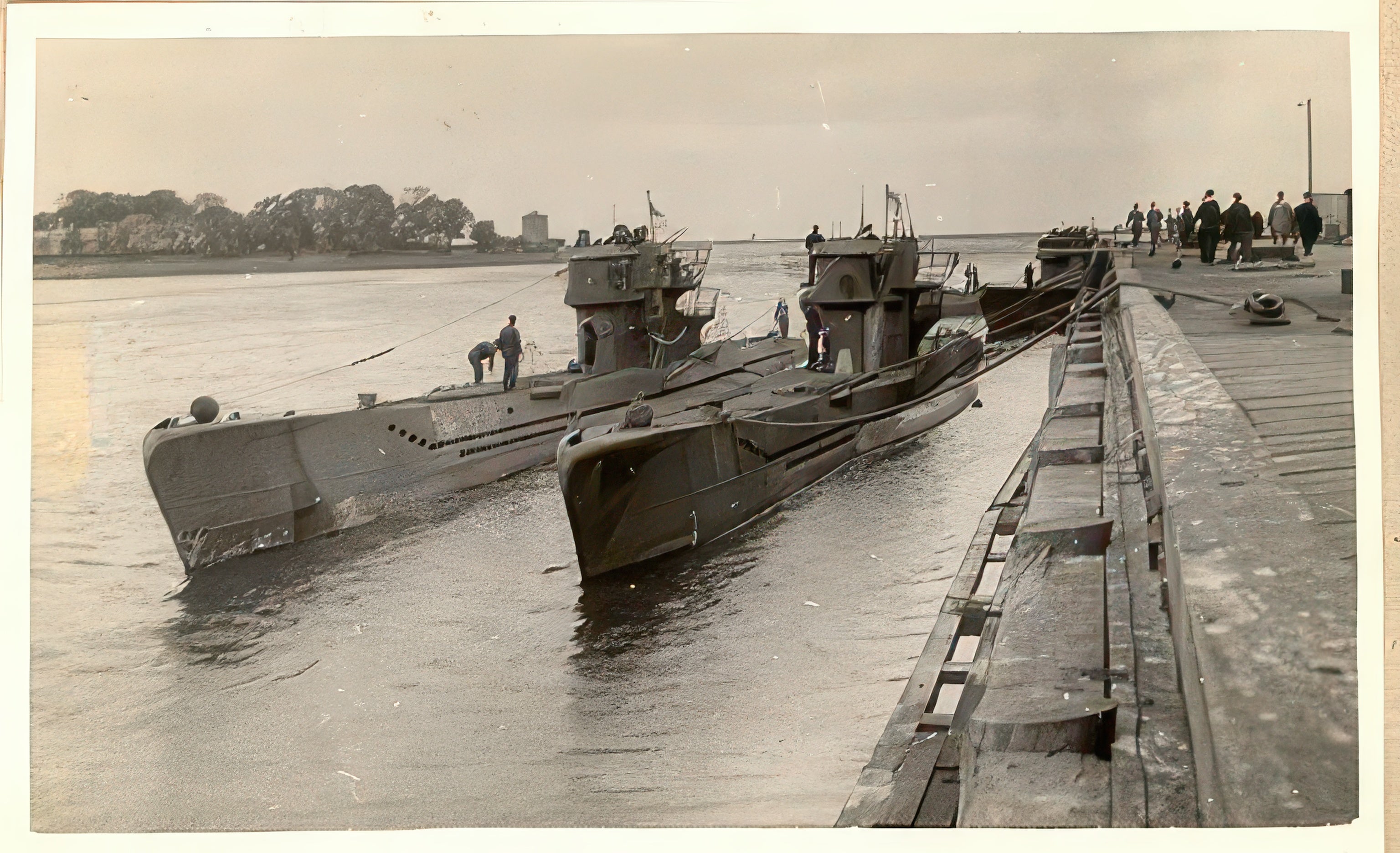The Birth of Underwater Warfare
Underwater warfare predates World Wars I and II. However, during WW I, it achieved widespread prominence thanks to Germany’s use of U-boats or Unterseeboots, submarines designed and employed by their Navy from 1906 onward.
U-boats were an effort by Germany to counter British naval power, leveling the playing field by engaging British Navy at sea rather than above it. Considered one of the marvels of early 20th-century engineering and technology, these vessels combined buoyancy, propulsion, and navigation techniques in hostile conditions to battle below the surface.
The Impact of U-Boats in World War I
During World War I, U-boats significantly impacted the course of the war. They were used primarily in the North Atlantic, targeting military and merchant ships. Their most significant success was the implementation of unrestricted submarine warfare, which involved attacking any ship without warning, including those from neutral countries. This tactic, while controversial, was a significant factor in the United States’ decision to enter the war.
One of the most notorious incidents involved the sinking of the passenger liner RMS Lusitania in 1915 by a German U-boat, which resulted in 1,198 passengers and crew deaths. This incident caused international outrage and significantly turned public opinion against Germany.
U-Boats in World War II
The Second World War saw U-Boats’ re-emergence as pivotal actors, prominently in the fierce Battle of the Atlantic. The Kriegsmarine, Germany’s naval force, launched over a thousand menacing submarines throughout the conflict, wreaking havoc on Allied shipping. These silent predators of the deep sank millions of tons of vessels, seriously hampering the vital trans-Atlantic supply routes.
These World War II-era U-Boats were a leap forward from their First World War ancestors. They boasted higher speeds and could reach greater depths, making them an even more formidable threat. Additionally, they packed a heavier punch with an increased arsenal of torpedoes. A noteworthy upgrade was the addition of a device known as a schnorkel. This ingenious contraption enabled the U-Boats to run their diesel engines even while submerged, significantly lowering the likelihood of being detected.
Nonetheless, the Allies proved resilient and adaptive as the war wore on. They refined their anti-submarine warfare strategies, becoming increasingly adept at countering the U-Boat menace. The deployment of long-distance aircraft patrols, the enhancement of radar capabilities, and the significant achievement of deciphering the German’s Enigma code all played a part in gradually shifting the balance of power. These advancements steadily eroded the once domineering presence of the U-Boats.
Legacy of the U-Boats
Although eventually defeated, German U-Boats left an indelible mark upon naval warfare that altered it forever – prompting new strategies and technological developments to combat them undersea. Their influence extends far beyond military history itself with appearances in numerous movies, literary works, and video games featuring them as threats from below.
U-Boats have left an indelible mark beneath the sea’s surface as well. Debris of hundreds of U-boats lost during World Wars are scattered throughout the ocean floor – serving as poignant reminders of past warfare eras as they still fascinate historians, archaeologists, and explorers with fascinating glimpses into underwater histories that lie dormant beneath its waters.
U-Boats were an essential factor in global conflicts of the 20th century, serving as symbols of German naval ingenuity while creating fear among their adversaries and revolutionizing maritime warfare tactics. Even today they remain powerful reminders of this time when humanity was locked in unprecedented and fierce conflicts around the globe.
What does U-Boat stand for?
The term “U-boat” originates in German, specifically from the term “Unterseeboot”. When translated into English, “Unterseeboot” means “undersea boat”. This term succinctly describes the primary function of these vessels: operating underwater, beneath the sea’s surface. This unique capability allowed stealthy navigation and attacks, setting submarines apart from other naval vessels.
“U-boat” predominantly refers to the military submarines deployed by Germany, especially during the significant global conflicts of the First and Second World Wars. These U-boats played a pivotal role in naval warfare strategies during these periods. Germany used these sophisticated and stealthy vessels to disrupt enemy supply chains, execute surprise attacks, and establish a powerful presence in the world’s oceans.
“U-boat” has been widely adopted internationally despite being a German term. This is a testament to these German submarines’ profound influence and recognition in global maritime history.
For more insights into the German U-Boat and other important military ships, visit Aces In Action. Here, you’ll find an amazing piece of artwork by Craig Tinder titled “Red Devil,” that depicts the World War II German U-boat U-552. The limited edition canvas print even includes a relic that is a 1937/1938 Reichskriegsflagge (German Naval “Battle Flag”) was taken in 1945 from the U-Boat Base Killian in Kiel, making it a unique piece of history!
“Red Devil” – Type VIIC U-Boat Nautical Art Print by Artist Craig Tinder
Led by U-Boat Commander Erich Topp, U-552 “Roter Teufel” – nicknamed the “Red Devil”, was a highly successful U-Boat sinking or damaging 35 Allied ships. Launched in December 1940, U-552 served with 21 wolfpacks and was one of a distinct few to patrol the Atlantic and survive the war. To keep her from being captured by the Allies, she was scuttled off the coast near the Elbe River on 5 May 1945.






Share:
The Sherman Firefly: A Potent Variant of an Iconic Tank
The B-29 Superfortress: A Colossus of the Skies